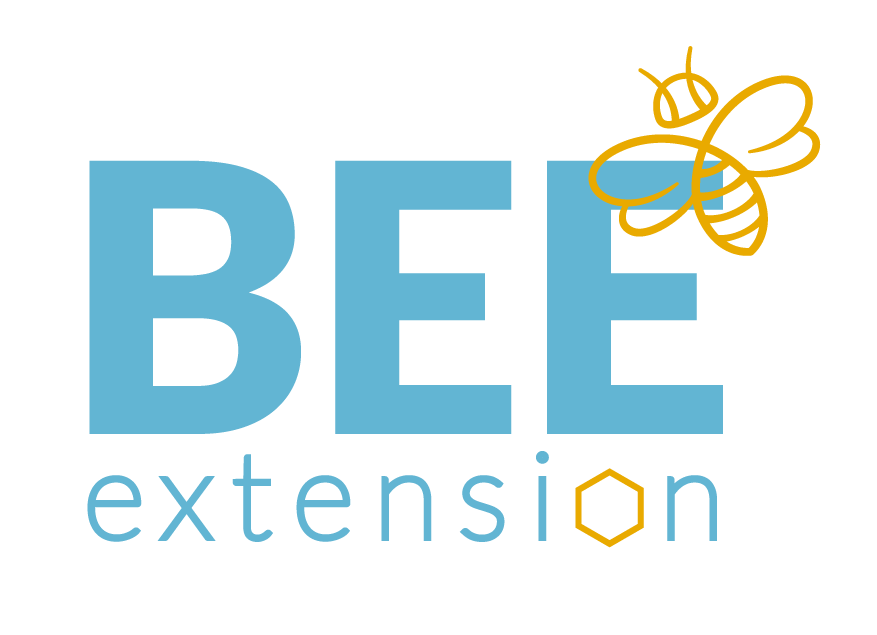Collaboration
The art of “muddling through”, Charles E. Lindblom 1959
The “root” method of decision-making with the “branch” approach.
The root method required comprehensive evaluation of options in the light of defined objectives. Root, because you start all the way from the roots to build something completely new.
The branch method involved building out, step-by-step and by small degrees, from the current situationon. Branch, because you aren’t going all the way back to the roots. You work from the existing system and just do some work with the branches.
Collaboration in a complex environment
External preconditions
(hard to change)
• relevant actors and interests
• official goals, motives and expectations
• conflicts and art of complexity (issue, procedure, etc) • support from mother organisations (incl. normative) • real decision space and decision power
• resources at start and during change • ongoing, parallell processes (politics) • media and public debate
• access to information (R&D) • collaborative potential?
History
• existing relations • earlier experiences • ”historical debts”
• initiator
• supporting or hindering structures
Leadership and management
• external or internal
• competence
• role and responsibility
• understanding of purpose and objectives
• real engagement
Processes and activities
• communication and learning
• pedagogic and particiation (balancing safety vs. creativity and individual vs. group)
• reflection and action
• conflict management
• capacity building
• confirmation and feed-back
Perspectives
• wanting (curiosity, interest, trust, confidence, etc.)
• ability (living a life, etc.)
• knowing (understanding, insights,
seeing potentials, etc.)
Internal preconditions
(created)
• participants (incl representatives)
• arenas and fora for learning/dialogue (”voice”) • process design (phases) and single activities • relevant information channels
• influence
• access to ”tool box”
• access to information
• time allocation
• resources (competence, money, structures) • organisation (incl. responsibilities)
End users and actors
• who?
• where?
• when?
• how?
Results and effects
• implementation
• real, measurable improvements
• changes in the policy environment
• goal fulfillment
• sustainable development
• relational changes
• new structures (arenas, routines, neworks, etc. relational changes
Assessing collaborative potential
External preconditions
(hard to change)
• relevant actors and interests
• official goals, motives and expectations
• conflicts and art of complexity
(issue, procedure, etc)
• support from mother organisations (including normative)
• real decision space and decision power
• resources at start and during change
• on going, parallel processes (politics)
• media and public debate
• access to information (R&D)
History
• existing relations
• earlier experiences
• ”historical debts”
• initiator
• supporting or hindering structures
ASSESSING COLLABORATIVE POTENTIAL: INITIAL SCREENING WORKSHEET
Download Assessing collaborative potential
Why not work collaboratively?
• Time pressure – a need to take action now!
• Asymmetries in power and access to resources among actors in collaborative work (from groups to society)
• Political jargon without real content or learning
• Reflecting a trend toward decentralisation of responsibility in society
• Pseudo democracy – existing relations and structures does not change – it feels good, but is it really as good?
• The risk that shared responsibility becomes no ones responsibility? Thus, a critical perspective is always needed
